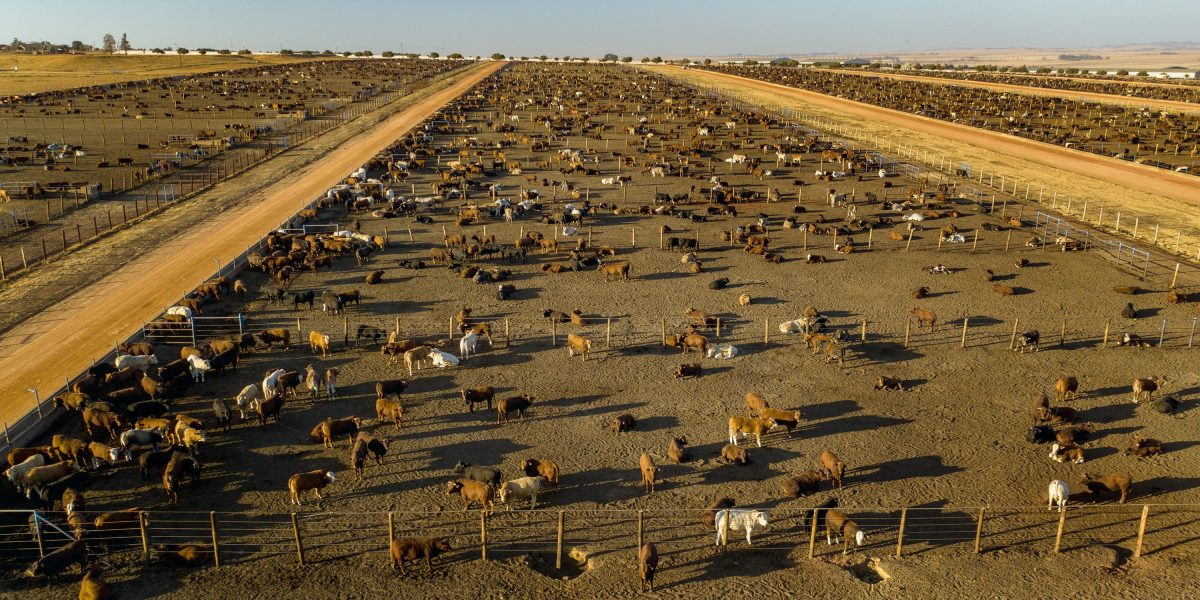
“There’s probably nothing we could do that has a bigger effect on shaving peak temperatures over the next few decades than removing methane,” says Rob Jackson, a researcher at Stanford and a coauthor of both studies.
Methane is relatively scarce: carbon dioxide is about 200 times more concentrated in the atmosphere. Nevertheless, it has contributed around 30% of total global warming to date, or about 0.5 ˚C, according to a recent report from the United Nations Intergovernmental Panel on Climate Change. Though its lifetime in the atmosphere is only about 10 years, over short time frames it is about 86 times as powerful a greenhouse gas as carbon dioxide.
“Methane is going to go away, but in the meantime, it’s going to cause problems,” says Vaishali Naik, an atmospheric scientist for the US National Oceanic and Atmospheric Administration.
Because of its short lifetime, if methane emissions were cut today, atmospheric levels would drop off quickly. In a recent UN Environment Programme report on methane that Naik coauthored, researchers estimated that cutting methane emissions 45% today could reduce warming 0.28 ˚C by midcentury—keeping the world under the target of less than 1.5 ˚C of warming over preindustrial levels, as defined by the Paris agreement.
About two-thirds of those cuts could be achieved using readily available solutions, Naik says. This includes plugging up leaky natural-gas wells and decreasing reliance on coal mines, which free methane stored below the earth’s surface that’s produced when plant matter turns into coal. Cutting some emissions is likely cheaper and easier than scaling up removal technology, she says.
But to keep warming below 1.5 ˚C, methane emissions from industries such as agriculture would also have to be reduced—which might be harder as populations grow.





